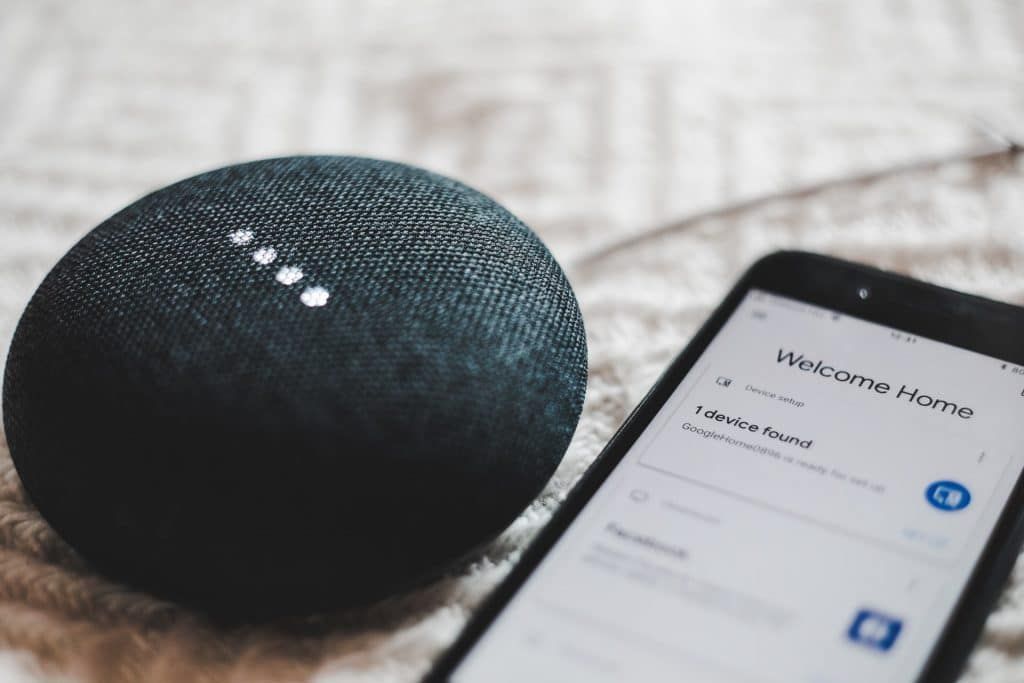Connected objects what impact do they have on our environment the modern geek
Connected objects: what impact do they have on our environment ?
Today, the ecological impact of digital represents up to three times that of France, according to Green it. New technologies consume, among other things, 4.2 % of global energy and a large amount of non -renewable resources. They also emit 3.8 % of the overall GHG volume (greenhouse gas).
Thus, consumers must act to limit digital pollution.
A negative impact
In a 2019 report, Ademe drew up a globally negative assessment of theEnvironmental impact of connected objects. The latter participate in particular in the pollution floors, water and air, like all other electrical and electronic devices. However, they stand out by a problematic life cycle, defined by :
- A heavy carbon footprint during the manufacturing phase;
- A fairly short duration of use;
- An often irremediable end of life.
In addition, these drawbacks are amplified by the particularly high number of connected devices in the world. They were about 15 billion in 2018. For Ademe, this equipment could easily exceed 45 billion by 2030, given the current trend.
They would become, in this case, the Second source of digital pollution worldwide, after the Internet and Data Centers.
A costly energy manufacturing
There manufacturing on its own concentrates most of the GHG emissions of connected objects. This step represents indeed 73 % of the carbon footprint of their full life cycle. Energy consumption is distributed in particular between assembly, transport and extraction of raw materials.
In general, electronic components are made from plastic, chemicals, various metals and rare earths. However, mineral extraction is a particularly energy -consuming operation. In addition, mines often use fossil fuels, recognized as polluting.
As Ademe noted, more than 200 kilograms of materials must be excavated to obtain a few grams of the elements sought. The operation also involves a large consumption of water, from extraction to the transformation of minerals. At each stage, it is also necessary to take into account the Machine CO2 releases.
A continuous internet connection
In addition to the manufacture, the environmental impact of connected objects largely comes from the use. Indeed, these devices are known for their enormous energy consumption on a daily basis. The phenomenon stems directly from the wireless connection which requires a large amount of energy.
However, these devices are often continuous connected to other equipment or Internet. Some tools must also keep a permanent connection to recover online information, updates, etc. This is particularly the case with a smart watch or a connected bracelet.
Users will be able to access data stored on the cloud or on other equipment.
Finally, the pairing shows the lack of energy efficiency of this equipment. Indeed, many connected objects must work simultaneously with another device to be usable (headphones, RV headsets, etc.)). Energy expenses are therefore doubled.
The question of L’Use of data collected
Once collected, the data From connected objects are transmitted to a smartphone, a tablet, a computer … The device will thus be able to fulfill its role on a daily basis. However, this mode of operation implies the existence of a continuous information flow from the user. The storage of this data is nevertheless worrying in an ecological level.
Concretely, the Cloud refers to a large network of computers, servers, data storage centers, etc. All these infrastructures need a large amount of energy to operate. They also generate a lot of heat.
As a result, these installations require high -performance cooling systems that still involve additional electricity consumption.
This reasoning is worth for the internet in general. For cloud services in particular, stored data is often saved in several server parks both. In this case, the environmental imprint will be multiplied by the number of copies of the stored data.
Limit l’negative impact of connected objects on the’environment

There are a multitude of small gestures to Reduce the environmental impact of connected objects. You can, for example, deactivate the automatic synchronization option on connected devices. This feature allows access to the same information from any medium (PC, smartphones and tablets).
By deactivating it, you will ask the servers less and the entire network. This technique also makes it possible to consume less energy and thus increase the autonomy of the battery of the device. In addition, these updates are frequent by default.
Environmental gains will therefore be substantial and visible.
Do not overconsom’Connected objects
By discovering the advantages of connected objects, many users tend to multiply purchases afterwards. However, it is not really necessary to be over -equipped in this area. There eco-responsible consumption is essential to reduce the ecological imprint of digital.
For his part, Green IT recommends Pool certain equipment such as modems (DSL or fiber) or TV boxes. This is an interesting solution to reduce the impact of connection in buildings and other collective structures.
Finally, the Green IT collective calls forOpening of APIs. These are still closed currently and make connected objects unusable without the manufacturer’s network. With open Apis, consumers could easily recycle their devices and limit the impact of products related to missing operators.
Favor repair
Repairing electronic equipment makes it possible to limit its environmental impact in a concrete and efficient manner. Thus, instead of opting immediately for replacement, first consider the repair To limit the environmental impact of your smartphone for example. This form of recycling is both practical and economical.
In addition, there are now many solutions to solve minor problems yourself (online tutorials, repair coffee, etc.)).
On a recent model, Check the seller’s guarantees or after -sales service To know your options in this area. The manufacturer can also offer repair or reconditioning services. The idea is to offer a second life to your connected device to contribute to the reduction of polluting emissions.
If your equipment is irreparable, Take part in the development of the circular economy by depositing it in a dedicated collection point. These devices are generally located near high-tech shops or in recycling centers. You can also return the device to the manufacturer or resell it on the spare parts market.


